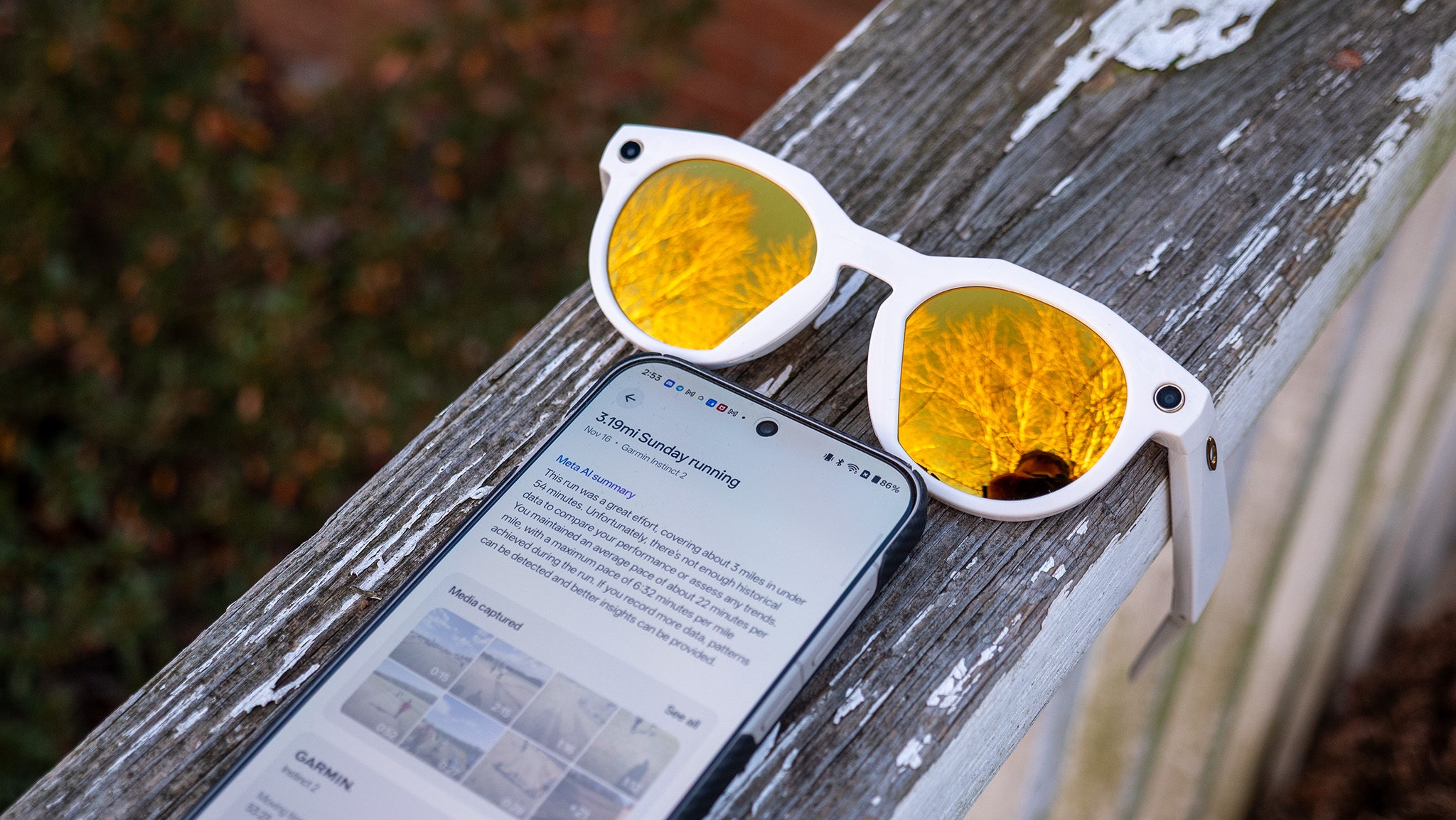My new favorite outdoor hobby might force me to switch phones
As much as I love hiking, I don't love how most phones can't handle a few hours of GPS mapping before they're running on empty.
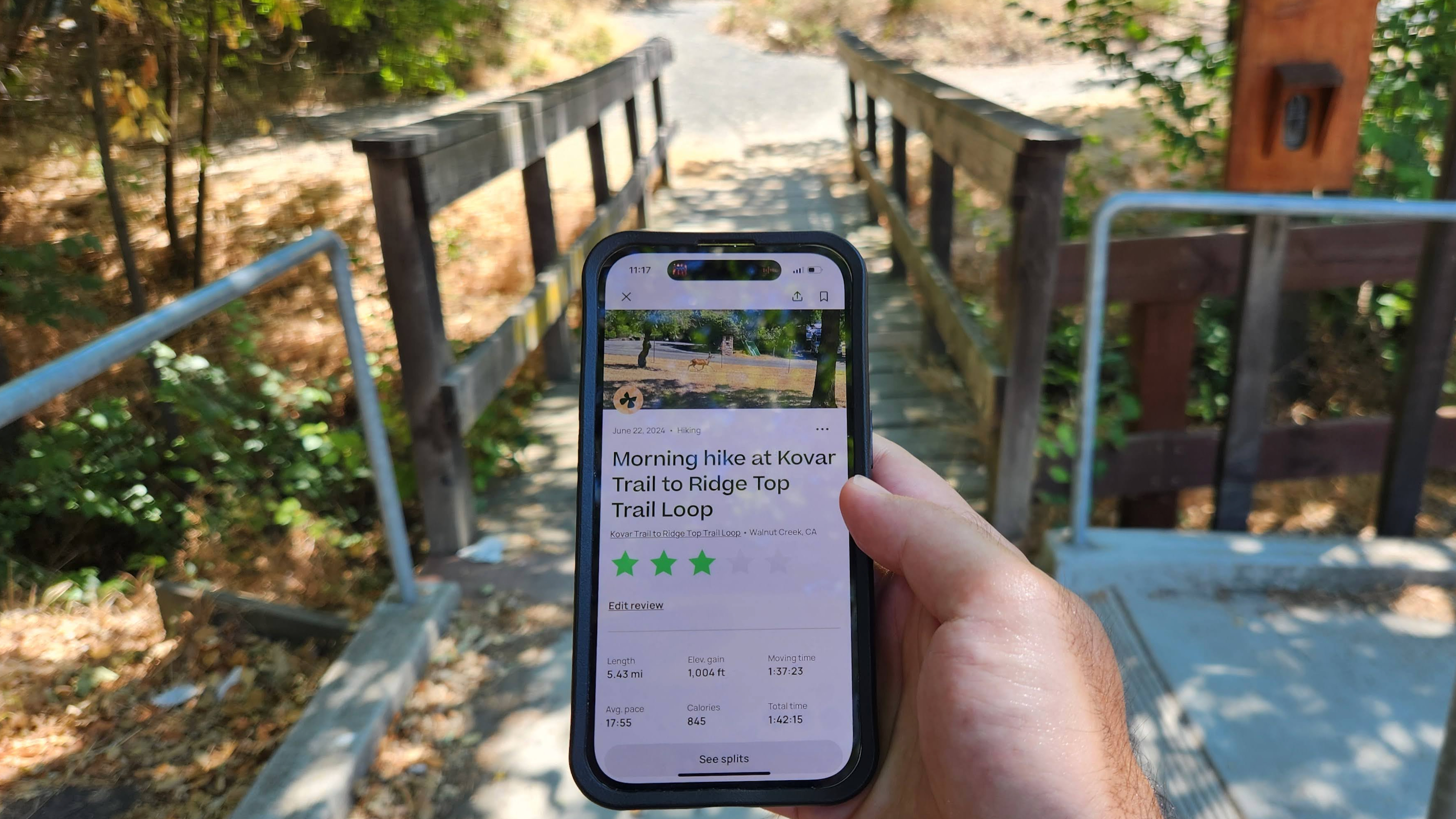
I've never much cared about my phone's crappy battery life. My home is full of USB-C and (ugh) Lightning cables to keep our phones topped off. I rarely use my phone while out and about, and while music streaming is a battery killer, my runs or neighborhood walks rarely last longer than an hour or two. But my new pandemic-era hobby—hiking—made me painfully aware of how bad battery life is both a hassle and a risk.
According to this Outdoor Foundation report, hiking is the most popular outdoor activity in America. Nearly 60 million people go on an average of six hikes per year, nearly double the number of hikers from the early 2010s. I know plenty of people who turned to hiking during the early COVID days and have kept up the habit.
I myself am more of a runner than a hiker, but in the last year, I've made a point of finding a new trail or peak about once a month. It's a nice, low-impact change of pace for my feet while still getting my steps in, and it lets me slow down and appreciate nature.
It's too bad my phone battery is typically dead or dying by the end of it!
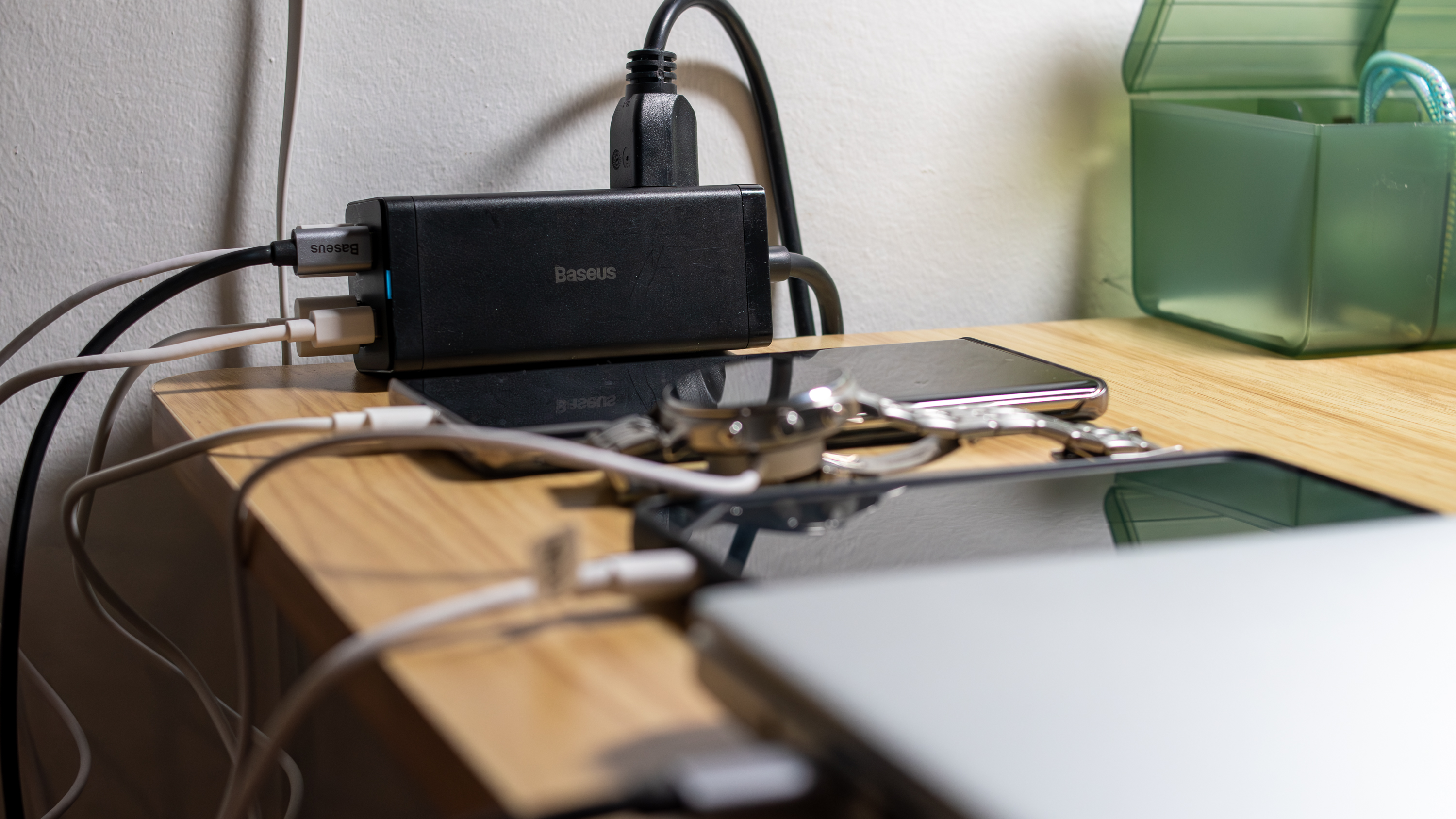
The last few generations of flagship iPhones and Android phones added dual-frequency GPS tracking. They use both L1 and L5 satellites broadcasting at multiple angles to ensure you have a clear signal, even around buildings, mountains, foliage, or other obstructions that could mess up your positioning. You'll also find plenty of dual-band GPS fitness watches.
What's the downside? Continuous GPS is, by itself, a battery-killer, and dual-frequency GPS only compounds the issue.
A watch like the Garmin Forerunner 965 with an efficient CPU can last about 20 hours in dual-band mode, while the COROS VERTIX 2S lasts 43 hours. A phone with a 6-inch display running apps, pulling cellular data in low-signal areas, and tracking your location as closely as possible? It may not last more than a few hours if your phone doesn't have an especially large battery.
Get the latest news from Android Central, your trusted companion in the world of Android
Plus, new phones have prioritized brighter displays. I appreciate it, but AMOLED displays turning the nits up to 11 to combat the California sun only compound my battery issues.
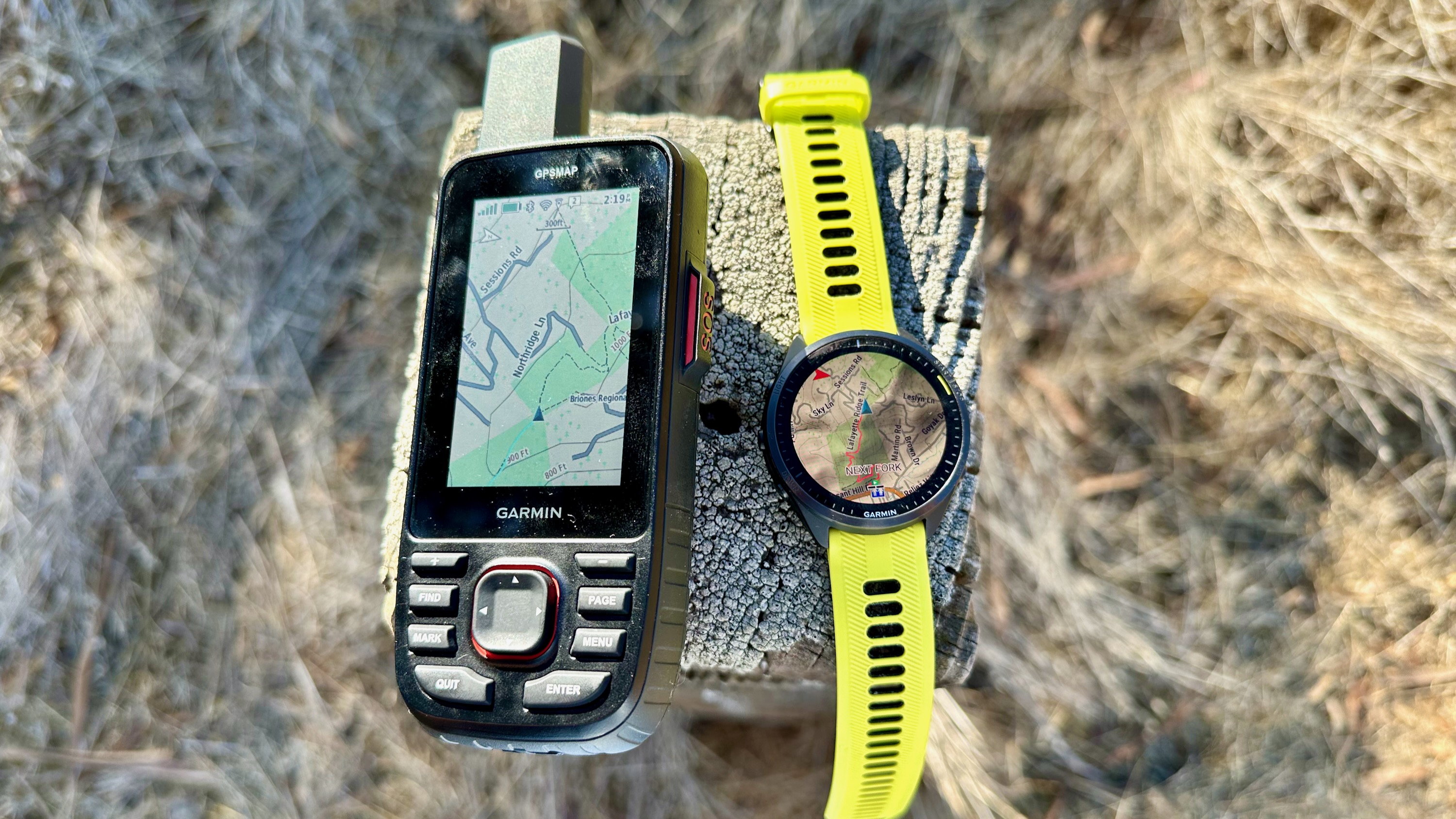
To head off some responses, I know that plenty of hikers use offline GPX maps and put their phones in Airplane mode to preserve battery life, with a backup power bank in a pinch. I'd certainly use that strategy for backpacking through the Sierras or on a group hike with someone else navigating.
Aside from the fact that most hiking apps require a membership to access offline maps, these don't solve the main issue: you still need GPS to track your position against the offline map. Otherwise, I like to stay online simply so I can keep in touch with loved ones while I'm roughing it on tough trails and could fall and hurt myself.
I also have to contend with my easily distracted brain. I love nature, but I need some entertainment on hours-long, solo hikes. I often fill the hours playing an audiobook over my Shokz OpenFits so that I have some entertainment but still keep my ears open to the sounds of nature (and possible predators).
Plus, my birder sister has put me onto Merlin—an app for identifying birds around you based on birdsong—and as fun as it is, recording audio to compare against a bird database is just another way to burn through battery life, on top of all the rest. That's not to mention taking photos or videos of wildlife.
So, while I could switch to a GPS handheld like the Garmin GPSMAP 67i and get reliable mapping and battery, or rely on a standalone LTE watch, I'd lose the "smarts" and easy phone controls I'm accustomed to.
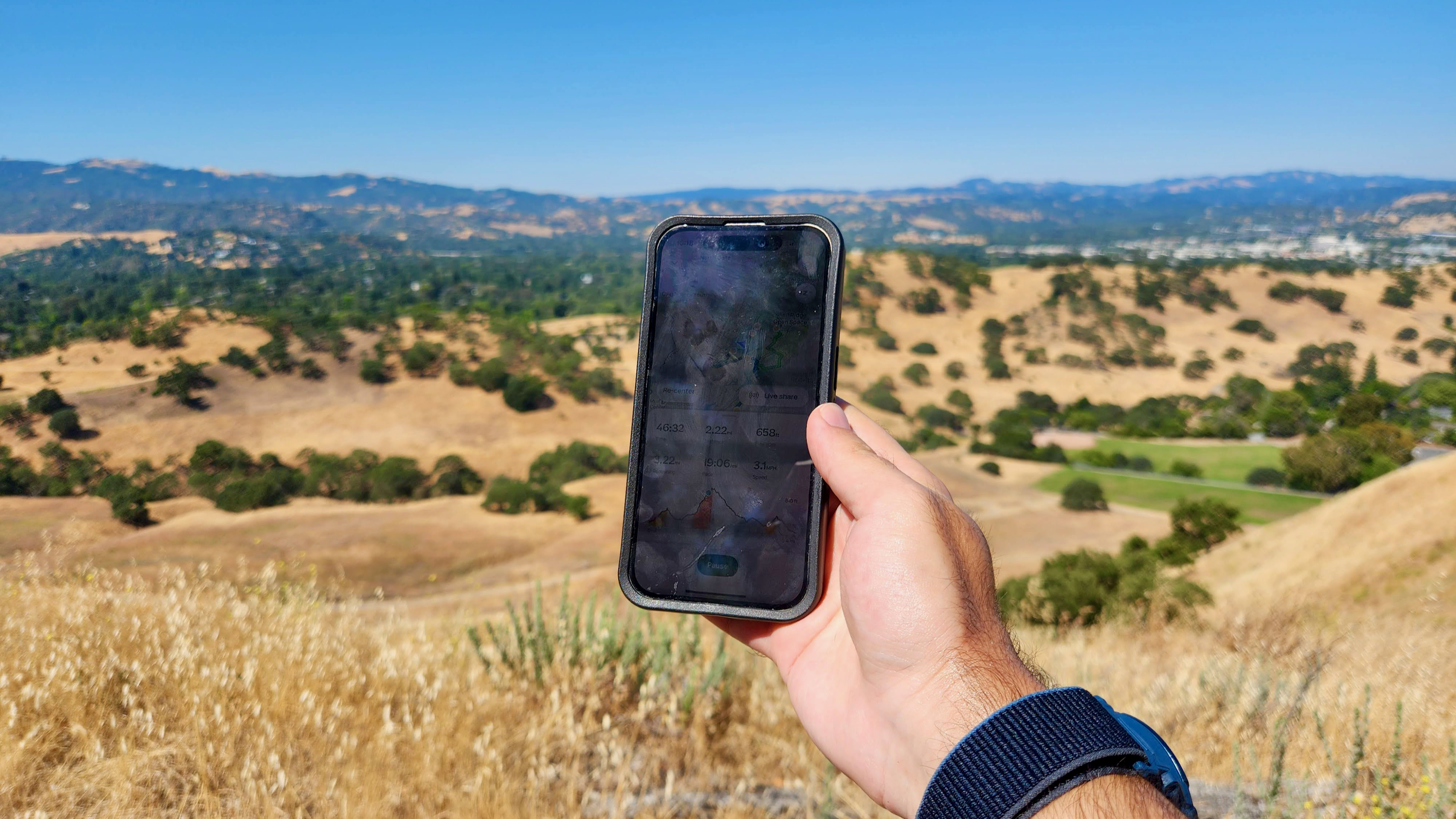
So yes, I bring this issue on myself by being unable to "unplug" from the world. But I still find it annoying that my phone can't handle 3 hours of GPS without burning out, because it stops me from considering longer hikes. And if I wanted to broadcast my GPS location for safety—as some hiking apps allow—I'm sure that'd increase the battery burn.
I primarily switch between an iPhone 14 Pro and Samsung Galaxy S22 Plus, though I occasionally switch to whatever Android phone I'm reviewing at the time. Without wading into the iOS/Android debate again, my biggest priority has always been comfort. I prefer smaller phones I can grip easily during long runs and hikes.
Unfortunately, both phones have lost some battery capacity since launch. The iPhone 14 series, in particular, has had some notorious battery drain issues, and was never especially long-lived to begin with. Even though iOS 18 adds hiking tools lifted straight from AllTrails like topo maps and offline maps, it won't solve the fundamental battery issue.
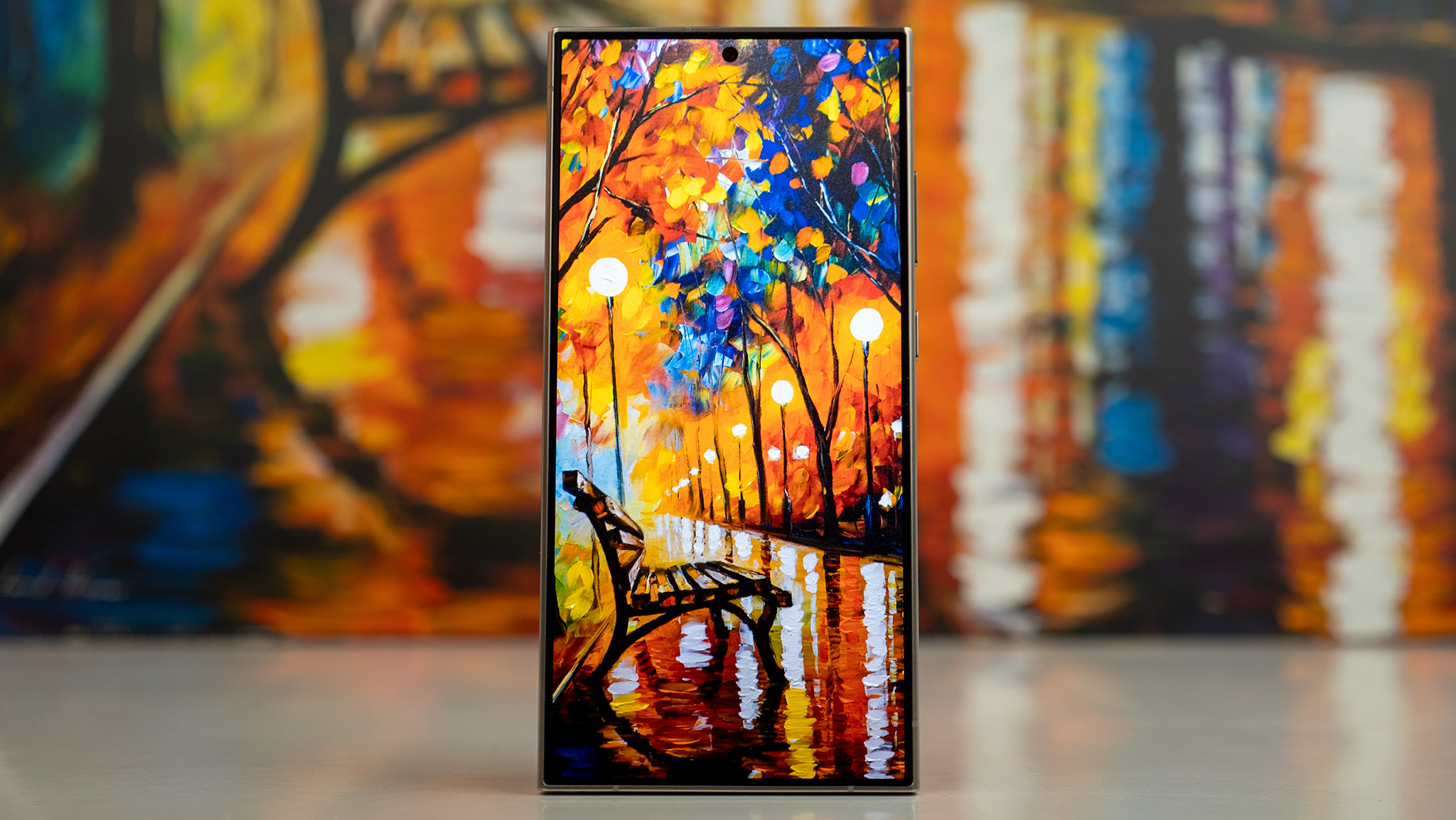
So now I'm trying to decide if I want to make a more drastic phone switch.
I've never bothered with "Ultra" or "Max" phones; as I said from the start, battery life has never been my first concern, and if I want a larger screen for browsing the internet or gaming, I just grab my laptop or Steam Deck. But the more I get into all-day outdoor activities like hiking and cycling, the more I think I might need one of these flagship phones simply because they're built to last longer.
Since Prime Day 2024 is coming up, I'm going to keep an eye on our list of the best phones for battery life and see if any of them have a big enough discount for an upgrade. That'll let me go for longer hikes without the fear that I'll lose my guidance (or bird IDs) before I loop back.

Michael is Android Central's resident expert on wearables and fitness. Before joining Android Central, he freelanced for years at Techradar, Wareable, Windows Central, and Digital Trends. Channeling his love of running, he established himself as an expert on fitness watches, testing and reviewing models from Garmin, Fitbit, Samsung, Apple, COROS, Polar, Amazfit, Suunto, and more.
You must confirm your public display name before commenting
Please logout and then login again, you will then be prompted to enter your display name.
